“About us” – GIOTTO Project Partners Interview
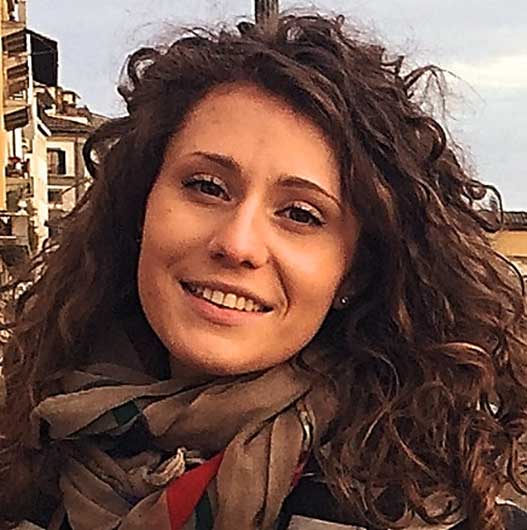
Federica Banche-Niclot | Politecnico di Torino
PostDoc Researcher

Short Bio & role in the GIOTTO Project
I’m Federica Banche-Niclot, a PostDoc at Politecnico of Turin and I carried out part of my PhD in the frame of the GIOTTO Project as part of the POLITO group.
I earned my Ph.D. in Bioengineering and Medical-Surgical Science in July 2022 at the Politecnico of Turin and my M.S. in Biomedical Engineering in April 2018 after working on my Master’s Thesis for 9 months in the Center for Musculoskeletal Regeneration at Houston Methodist Research Institute (Texas, USA).
My research is focused on the development of biomimetic and resorbable platforms for the delivery of biomolecules able to stimulate and regulate the tissue regeneration process as well as on the development of specific biosensors for point-of-care diagnosis.
I have an enthusiastic and positive soul which leads me to maintain an optimistic attitude even in the face of difficulties. I’m a sociable and emphatic person as well who loves interacting with others and working in a team, listening to people and understanding their needs and points of view to achieve common goals.
In my free time I love to travel and discover new places and cultures, an experience that enriches me greatly and allowed me to broaden my horizons in many different ways. I've been to several countries in Europe, Africa and America, and I've even taken part in some cultural exchange programs during my studies. I also enjoy being in contact with nature as a source of inspiration and energy for me. But my free time does not just travel and meditation: I adore being with people by engaging in different outdoor sports such as soccer and volleyball or cooking healthy and tasty dishes for myself and my friends.
Moreover, I'm a curious and creative person, always looking for meaningful experiences that stimulate me and who loves thinking outside the box by trying to find original solutions to problems. Those attitudes of mine along with my perseverance and resilience were plenty satisfied during my PhD where I had the opportunity to be actively involved in the frame of different European projects coordinated by Prof. Chiara Vitale-Brovarone.
In particular, as part of the GIOTTO Project, my research was focused on the design of polymeric drug delivery systems for the encapsulation and the prolonged release of the project’s “bio-superhero” ICOS-Fc. Furthermore, my primary efforts were centered on the design and development of one of the three novel devices: the injectable, bioresorbable composite bone cement with radiopaque, bioactive, pro-osteogenic and anti-osteoclastogenic features for the treatment of osteoporotic vertebral fractures.
What are the main tasks you carried out, and with which results?
In the frame of the GIOTTO Project, I personally optimized and developed a smart delivery system in form of spherical particles with nanometric dimensions (about 250x10-9 m in diameter, 200 times smaller than a human hair) able to encapsulate the anti-osteoclastogenic biomolecule “ICOS-Fc” while preserving its activity until the osteoclasts resorption phase. In detail, ICOS-Fc was encapsulated into resorbable polymeric particles (made of Poly Lactic-co-Glycolic Acid – PLGA) evaluating different polymer compositions and synthesis parameters in order to preserve the biomolecule functionality and obtain a satisfactory release profile of its.
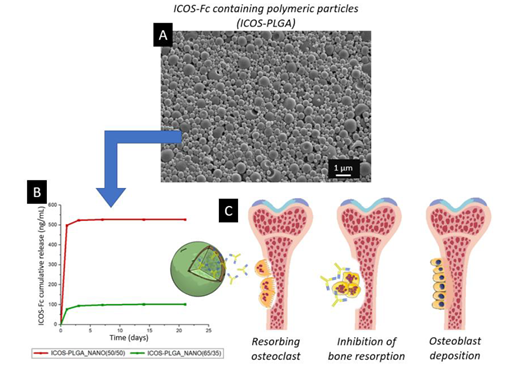
I subsequently introduced these biodegradable particles in the formulation of an injectable composite cement for the stabilization of vertebral compression fractures that occur in osteoporotic patients. It is common knowledge that cements are made by mixing a powder with an adequate amount of liquid for the creation of a viscous paste that hardens over time. In our case, the GIOTTO’s cement can be injected into the fractured vertebral body through a mini-invasive surgery called “vertebroplasty”.
Therefore, my second and main task in GIOTTO Project was the design, development and validation of an injectable, resorbable, composite cement with other several features.
In particular, the developed injectable cement foresaw calcium sulphate hemihydrate (CSH) particles as resorbable matrix resorbable, offering certain benefits for full tissue integration and reduced invasiveness. CSH was combined with other ingredients to impart different properties such as:
- Radiopacity (e.g., being visible under X-rays), in order to monitor the cement under fluoroscopy during injection thus having visual control over material leakage, and also allowing subsequent follow-up checks on the patient.
This characteristic was achieved by introducing zirconia nanoparticles which are intrinsically radiopaque.
- Bioactivity, defined as “the ability of biomaterials to chemically bond with living bone tissue”, to ensure a better osteointegration.
- Pro-osteogenicy, which is the ability to stimulate the deposition of new bone.
These two latter features were imparted by adding glass-base nanoparticles containing an osteogenic ion in their composition, the so-known “mesoporous bioactive glasses” containing strontium ions.
- Considering the osteoporotic scenario, anti-osteoclastogenicity that is the ability to down-regulate the activity of osteoclast cells which are responsible for bone resorption.
For conferring this property, ICOS-Fc biomolecule was included in the cement formulation exploiting two different drug delivery strategies: the presented above resorbable polymeric nanoparticles containing ICOS-Fc and through glass-based nanoparticles with ICOS-Fc covalently grafted on their surface.

The formulation of the cement was finely tuned in order to achieve the best performance in terms of injectability, time for its easy injection and its hardening, mechanical properties and in vitro behavior. For a more consistent examination, the GIOTTO’s cement characteristics were compared with a similar device available on the market, Cerament®. Finally, the best formulation of the cement has been tested in vivo in a cranial bone defect model on both healthy and osteoporotic wild-type mice.
The best cement formulations showed a suitable strength to stabilize the fracture and a slower degradation compared to the commercial reference (Cerament®) that can better match the regeneration timing of bone tissue. Moreover, by means of in vitro cellular experiments, the device resulted biocompatible and able to provide both pro-osteogenic and anti-osteoclastogenic properties. Finally, in vivo experiments demonstrated that the cement considerably enhanced new bone formation compared to controls and possesses the ability to inhibit osteoclasts activity when ICOS-Fc is introduced within the formulation.

Has GIOTTO Project changed in some way your career or work?
The GIOTTO Project definitely impact my young scientific carrier! I’m delighted to have had the possibility to carry out my PhD in an international and multidisciplinary environment, allowing me to learn in a stimulating and formative surrounding.
The GIOTTO Project represented a huge opportunity for my professional growth, thanks to which I was able to swiftly mature my work mindset and gain a deep understanding of the working world, confronting myself with major research realities. Besides permitting me to expand my technical competencies, the chance to be part of the GIOTTO Project gave me the possibility to acquire strategic and operational skills, an aspect that is absolutely not obvious for a so young scientist like me.
Once again, I’m so grateful for the chance I was given: it was the springboard that started my scientific career and allowed me to achieve goals that I never thought I could conquer.
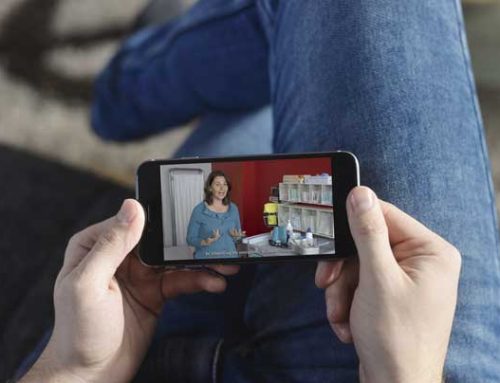
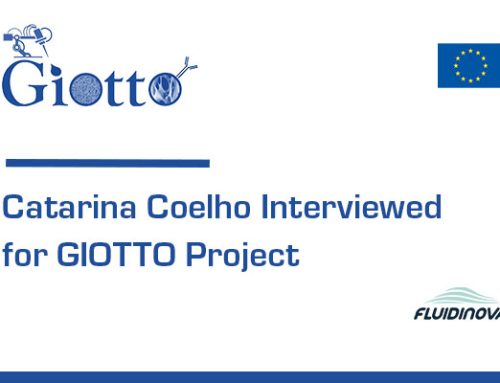
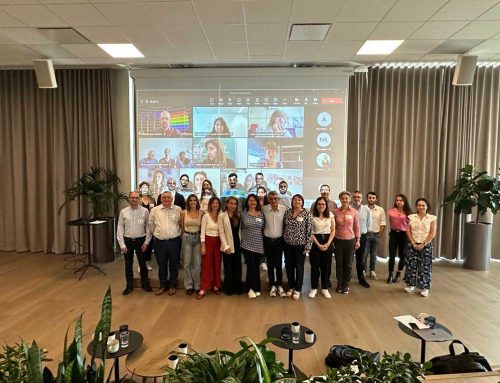
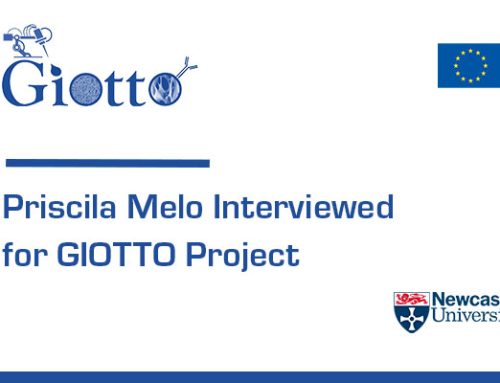
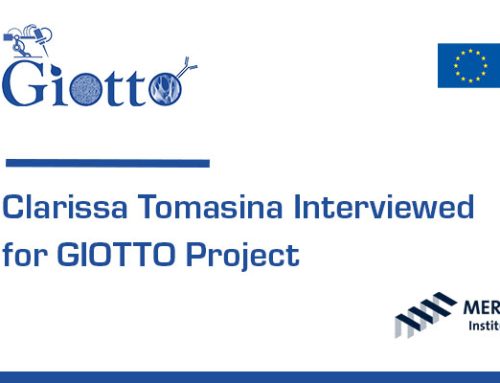
Leave A Comment